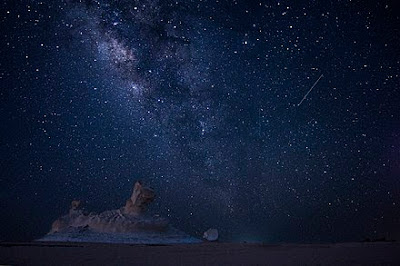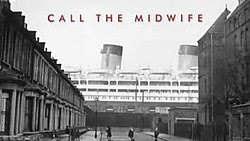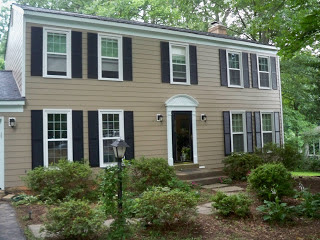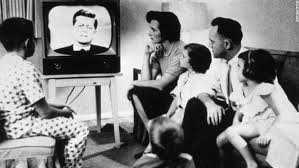I’m still being riveted nightly by the 18-hour documentary film “The Vietnam War.” And I mean that literally — as in riveted each night.
It’s interesting to talk with people about the show and the different ways they are watching it. Some started it a week ago Sunday, kept up with last week’s nine hours as best they could but will admit to being a little behind.
Others are recording it and planning to binge-watch it later, seeing it as all (or most) of a piece. This is the television style of day, of course. To take control of one’s viewing, watch as little or as much as one wants at a time, place (and with a delivery method) of one’s choosing.
As for me, I’m watching the film in real-time. Even night before last, when Claire and Tomas were over for dinner, I watched what I could and then caught up with the rerun, also known as an “encore presentation,” which my PBS station runs directly after the first show of the evening.
While my viewing habits are in part dictated by lack of technical knowledge (including DVR technique), they are also generational. I like keeping up with the show on its own time. I feel a kinship with all the people watching at the same time. There’s a communal aspect to this that soothes and heals.
And where did I develop this habit of communal viewing? From annual TV events like “The Wizard of Oz” and “Peter Pan,” From watching “My Three Sons” with Mom and Dad (provided I brush my teeth beforehand so I could jump in bed the minute the show ended at 9 p.m.). And … from watching some of the same evening newscasts that have been replayed on “The Vietnam War.”
(Photo: CNN.com.)







